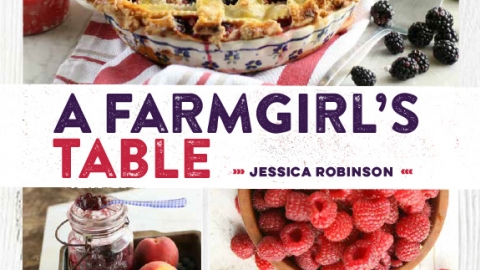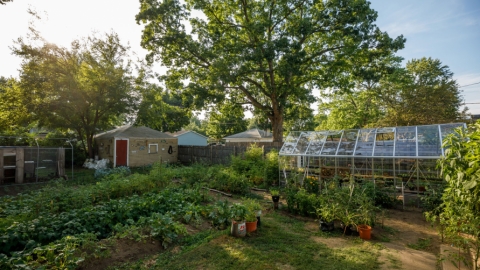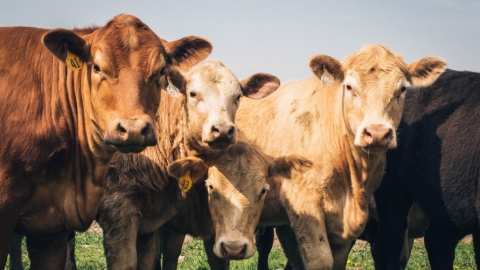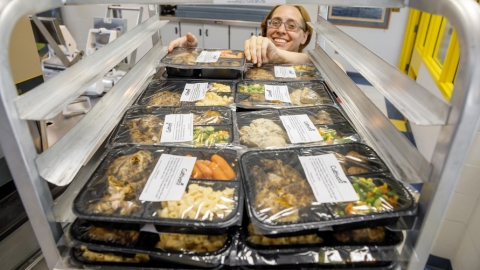Author of ‘Eat Less Water’ says we can reduce water waste
When I was in fifth grade, I went to a camp called Sunship Earth.
Out in Pennsylvania, I learned about sustainability and the ecosystem. We scraped our plates into compost bins, watched bats chase bugs in the twilight and visited a cold, clear creek, where our leader explained the water cycle.
“Water is a limited resource,” he said, pointing to the flowing stream. “To conserve water, take shorter showers.”
Most people’s water conservation efforts focus on the bathroom, with quick showers, low-flow faucets and water-saving appliances in vogue. These things aren’t bad, says activist Florencia Ramirez, but with water consumption, the real culprit is in the kitchen.
The U.N. warns that half the world’s population will experience freshwater shortages by 2030. Nationwide, water tables are dropping faster than they can naturally be replenished through rainwater and seepage.
It might not seem like there’s much I can do about this, but Ramirez disagrees. In her book, Eat Less Water (Red Hen Press, 2017), Ramirez reveals that the amount of water I save over a year in the bathroom could be saved in just one week in the kitchen.
Ramirez points to food’s “virtual water footprint”: the total amount of water needed to produce what we eat. One slice of bread, made of conventional wheat grown and harvested, represents 11 gallons of water. One pound of conventional corn takes 146 gallons of water to make it to the market. And a single pound of conventional beef requires a dizzying 1,851 gallons of water.
By being more mindful of what I eat and how it was grown or raised, Ramirez says, I can significantly cut down on my virtual water consumption. In Eat Less Water, she takes an eye-opening journey with farmers and ranchers who are doing their part.
Ramirez breaks down her book into chapters with each discussing a certain food and its relationship to water. She tells stories, in sparkling prose, about visiting with farmers who are bucking conventional growing methods for something that looks radical—and then explains why their methods work.
In Louisiana, she visits one of only three rice farmers in the U.S. who practice a cultivation method known as the System of Rice Intensification. This method requires 40% less water than traditional paddies, and results in stronger plants that are more resistant to weather extremes and have lower arsenic levels. She visits coffee growers perched on the side of Mauna Kea in Hawaii who sell shade-grown, organic beans; livestock farmers in Georgia who let their cows and pigs roam over green pastures and through woods; and an organic, family-run produce farm in Washington.
With each person Ramirez talks to, it’s clear why they’re passionate about what they do: They care about their health, but they’re also invested in taking care of the environment and the land.
Ramirez encourages readers to be mindful of what they consume. Not only is it important to buy local and organic, she says, but buyers should know how their beef was raised and what their producers do to conserve.
Perhaps most importantly, Ramirez says, buyers must support the farmers who do this work. The rice growers she visited in Louisiana have since gone out of business. She talked to the owner of a small-scale farm selling pasture-raised, organic chicken who closed their doors when they couldn’t make the economics work. If we want responsibly grown food, Ramirez reminds us, we have to buy into it.
For my part, I’ll consider adding another rain barrel to my backyard. I’ll seek out Michiana farmers who are raising their food conscientiously. And I’ll keep working on those short showers.
Try a delicious recipe for Strawberry Rhubarb Crumble Pie from Eat Less Water.














